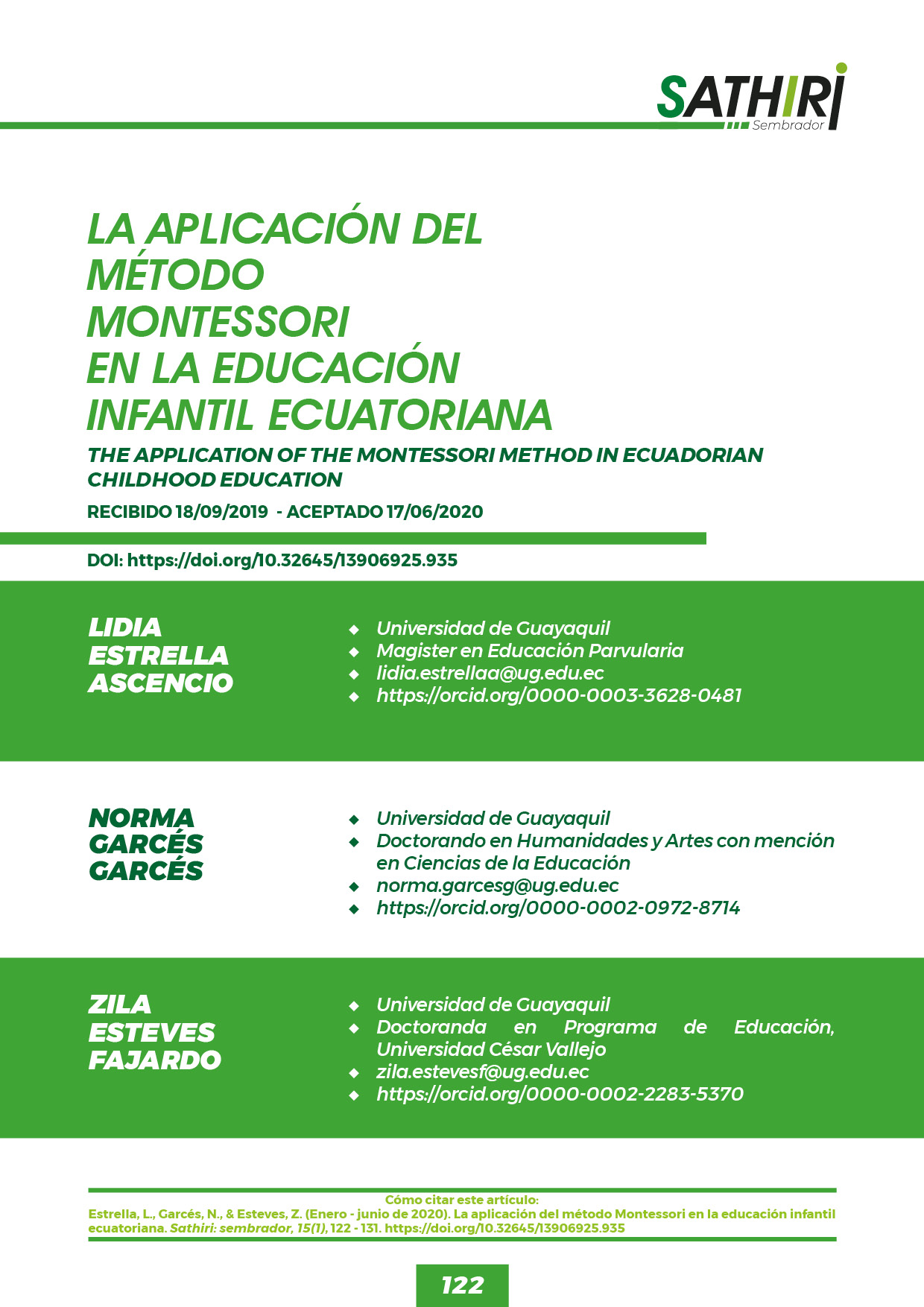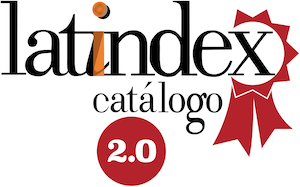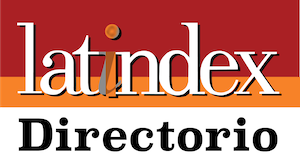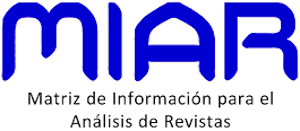The application of the montessori method in ecuadorian childhood education.
DOI:
https://doi.org/10.32645/13906925.935Keywords:
Method, Pedagogy, Child, learning, educationAbstract
The Montessori Method emphasizes didactics through the five senses, not only through three of them as is traditionally done (listening, seeing or reading), the teacher must know with prior evaluation what each child is ready to perform. This teaching is a fascinating process of invention, which leads to full concentration, motivation and above all self-control. The aim of the research is to promote the habit of self-study and self-discipline, that is to say that it enables the child to work autonomously, favoring self-interest and research that help the child to concentrate in his classroom; the methodology applied was sought to coordinate and achieve the objectives proposed through a bibliographical research and narrative stories. The role of the fundamental counselor is that of the adult, and especially the father, since it is considered the main guide of the child, who is responsible for showing the world in its first steps. This teaching is a fascinating
process of invention, which leads to full concentration, motivation and above all self-control, children manage to assimilate: own and independent research, plan, organize, compile information; create: presentations, exhibitions and projects.

Downloads
Published
Issue
Section
License
Copyright (c) 2020 Lidia Estrella, Norma Garcés Garcés, Zila Esteves Fajardo

This work is licensed under a Creative Commons Attribution-NonCommercial-NoDerivatives 4.0 International License.
El autor mantiene los derechos morales e intelectuales de su obra, autorizando a la editorial de la revista Sathiri la difusión y divulgación de su contenido con fines estrictamente académicos y de investigación, sin fines de lucro. Así mismo, se autoriza que la obra sea descargada y compartida con otras personas, siempre y cuando no sea alterada y se reconozca su autoria.





















